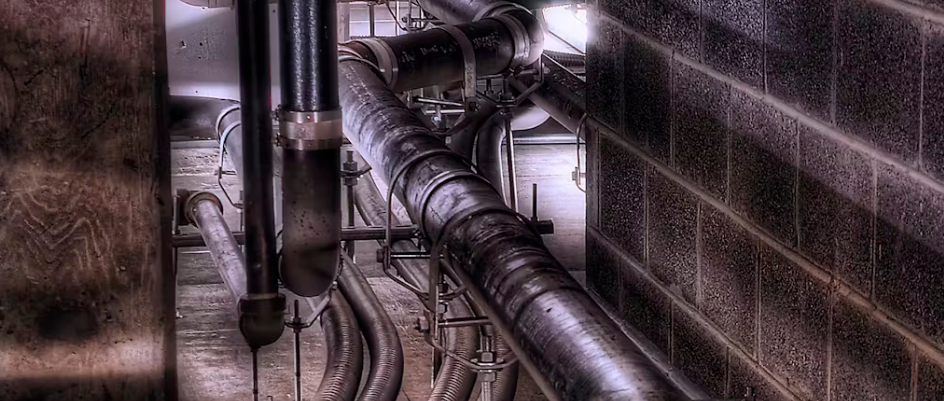What’s Next for X-ray Technology? The Quantum Revolution
The field of X-ray technology is undergoing a transformative shift, driven by advancements in quantum science. From medical diagnostics to industrial applications, the integration of quantum principles is poised to redefine the capabilities of X-rays, making them safer, more efficient, and more versatile. This blog explores the latest breakthroughs and future prospects for X-ray technology in the quantum age.
The Quantum Leap in X-ray Technology
Key Innovations
-
Quantum Memory for X-rays
Researchers have achieved the first demonstration of quantum memory in the hard X-ray range. Using a frequency comb formed by nuclear absorbers, they successfully stored and released X-ray pulses at the single-photon level. This innovation paves the way for quantum information processing applications, such as entanglement between hard X-ray photons. -
Compact and Accessible Systems
Advances in nanophotonics and quantum materials are enabling more compact and cost-effective X-ray technologies. These systems could democratize access to high-quality imaging in remote or resource-limited areas, enhancing global diagnostic capabilities. -
Safer Imaging Techniques
Quantum materials are being leveraged to reduce radiation doses without compromising image quality. This is particularly crucial for medical diagnostics, where patient safety is paramount.
Applications of Quantum X-rays
Quantum-enhanced X-rays are set to revolutionize multiple industries:
-
Healthcare: Improved imaging for diagnosing complex diseases at lower radiation levels.
-
Industrial Inspection: Enhanced quality assurance for semiconductor chips and materials science applications.
-
Security: Advanced scanning technologies for threat detection.
Challenges and Future Directions
Despite these advancements, several challenges remain:
-
Developing protocols for on-demand release of stored photon wave packets.
-
Expanding quantum effects into short-wavelength X-rays to improve resolution and sensitivity.
Researchers are actively exploring these areas to unlock new possibilities in quantum measurements, computing, and imaging.
Comparison of Traditional vs Quantum X-ray Technologies
| Feature | Traditional X-rays | Quantum-enhanced X-rays |
|---|---|---|
| Radiation Dosage | Higher | Lower |
| Image Resolution | Limited | Enhanced |
| Accessibility | Restricted to large setups | Compact and cost-effective |
| Applications | Medical & industrial imaging | Expanded to quantum computing |
Conclusion
The quantum revolution is reshaping the landscape of X-ray technology. By integrating quantum principles, researchers are overcoming longstanding limitations in resolution, safety, and accessibility. As these innovations mature, they promise to unlock new frontiers across healthcare, industry, and science.
Stay tuned as the journey into quantum-enhanced X-rays continues—ushering in a future where precision meets possibility.

What’s Next for X-ray Technology? The Quantum Revolution
Also Read :
